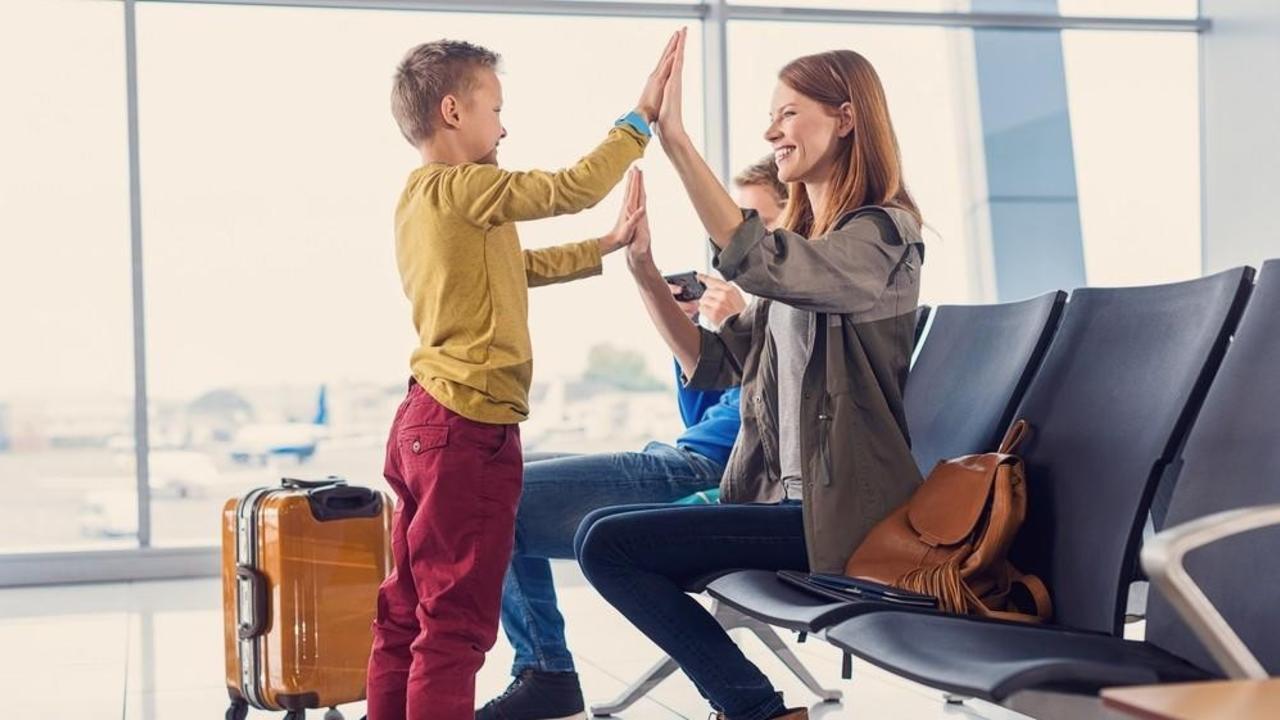Autism and air travel: know your rights
Jul 18, 2018
Flying with an autistic family member is stressful. If you're the parent of a child who screeches, kicks seats and has meltdowns, you can’t help but wonder if you might be the next national headline, like the Beegle family who were escorted off a United flight by police in 2015.
You shouldn’t let this fear stop you from traveling. But it’s important to know your rights.
The Department of Transportation has specific regulations governing air travelers with developmental disabilities. The DOT defines an individual with a disability as anyone who has a physical or mental impairment that substantially limits one or more major life activities, has a record of such an impairment, or is regarded as having such an impairment.
The regulation also specifically states that individuals on the autism spectrum are covered under the regulation.
The DOT’s website has a very helpful guide that you can access here. The following is a summary of helpful tips.
Contact the airline ahead of time
Let the airline know if you will need to board early, if your family must be seated together, if your child travels with a service animal or if your child must bring any medically-approved liquids aboard.
After you arrive at the airport, ask for priority boarding when you get your boarding passes. Explain that your child has autism and needs additional time to board and get comfortable before take off. Many airlines will grant this without question.
NONVERBAL AUTISM HOMESCHOOL REGISTRATION IS OPEN! CLICK HERE TO LEARN MORE.
Security screening
The TSA has an excellent video on its YouTube account that specifically addresses autism. Passengers with developmental disabilities, including autism, have the right to be screened without being separated from their traveling companions. If a pat down is required, remember you can request a private screening. The TSA also offers an online Disability Notification Card you can fill out and print to show to officers at security checkpoints. The TSA also suggests bringing medical documentation that describes your child’s condition.
Many airports offer programs that allow people with developmental or intellectual disabilities to practice entering the airport, obtain boarding passes, go through security and board the plane. Sponsored by The Arc, a nonprofit organization that supports people with disabilities, the program involves airport, airline and TSA personnel, and serves to educate them about the needs of travelers with autism and other disabilities. Click here to learn more about this program.
Seating assignments
Bulkhead seats are in the front row, and don’t have a seat in front of them. They can be helpful in accommodating an autistic passenger who struggles to sit still or kicks the seat in front of them. However, keep in mind bulkhead seats don’t provide for any bag stowage within reach, so purses and backpacks must be stowed in overhead bins during takeoff and landing, as well as during turbulence. However, your child can probably keep their iPad or AAC device on their lap during takeoff and landing.
NONVERBAL AUTISM HOMESCHOOL REGISTRATION IS OPEN! CLICK HERE TO LEARN MORE.
Airlines are required by law to give bulkhead seats to individuals traveling with a service animal or with a leg that is fused or immobilized. Seating for these passengers will take priority over your child. However, if you contact the airline in advance and are prepared to explain why your child needs a bulkhead seat, you’ll increase your odds of getting one. For example, the extra room could provide space for soothing techniques during flight. A letter from a doctor confirming this need would be helpful.
Keep in mind that if you’re flying on an airline that has a business or first class cabin, you may not have access to bulkhead seating in economy class. The airline is not required to upgrade disabled passengers to accommodate this need.
You are also protected from being separated from your child if seating is reshuffled, according to the DOT, because you are needed to perform functions not required of airline personnel, such as feeding. Also, if your child would not be able to comply with evacuation orders, you must be seated together.
Service animals
To show that you are traveling with a service animal, you must provide credible verbal assurance, harness or tags, or an animal identification card. A service animal must be well behaved, including training that keeps it from relieving itself in the cabin or gate area. It must also not obstruct an aisle or other area, so it must fit on your lap or at your feet.
If traveling with an emotional support animal, airlines may require a letter from your doctor. It must be on professional letterhead from a licensed mental health professional or medical doctor and include specific information regarding the fact that the traveler has a recognized condition, that the animal is needed as an accommodation, and other licensing information.
Learn more about specific requirements for service animals and emotional support animals here.
Traveling is a human right. Don't let fear keep your family grounded. Let the supports put in place by the FAA help you and your family enjoy flying and experiencing the world.
Nonverbal Autism Homeschool enrollment is currently open!
Stay connected with news and updates!
Join our mailing list to stay updated on Nonverbal Autism Homeschool courses, special events and new blog posts. You'll also receive free curriculum, inspirational messages, autism parenting hacks and more!
We hate SPAM. We will never sell your information, for any reason.

